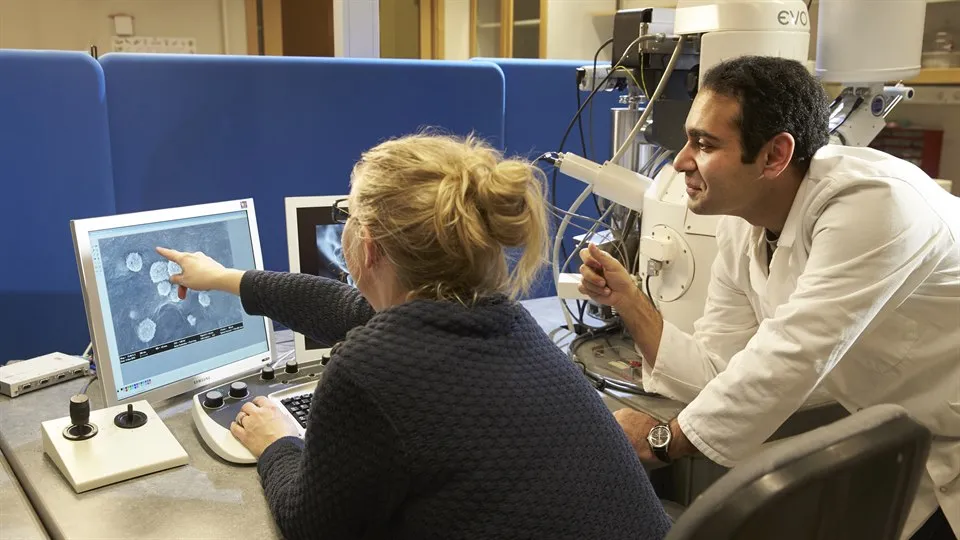ExpoFiber ‑ exposure of detailed quality information from fiber distribution data
We apply modern visualization and analysis methods to individual wood fiber properties in the pulping process, to control the process toward more consistent product quality and a more energy-efficient process. Recyclable fibers can thus replace fossil-based materials in more products.
The Swedish forest industry has a key role in the transition toward a biobased circular economy. Fiber materials can substitute fossil plastics, thereby mitigating global warming. It is therefore crucial to continue developing both new and existing products and processes.
ExpoFiber is a 3-year research project with the aim of improving resource efficiency and the use of fibre materials from forests in the forest industry through visualisation and analysis methods. The result is recyclable fibres, which in turn can replace more fossil-based materials.
In this project, we focus on improving resource efficiency and therefore aim for improved uniformity, reduced energy consumption, improved material properties, reduced amount of fibers per product and a broader use of high-yield pulps. Today, pulp is described by average values, which can be misleading since they originate from skewed distributions. Substantial improvements require sharper characterization methods. Data describing individual fiber properties will be used herein, together with modern visualization and big-data analysis techniques, including machine learning and AI.
Technology for visualisation and optimisation of fibre distribution in the forest industry
The purpose is to develop a technique that can visualize the fiber distributions and make them possible to grasp. The project will be run in full scale and use online measurement of fiber data. After implementing the new technique in the refiner control system, optimization toward improved uniformity and energy efficiency will be possible. The new technique should also be applicable in the production processes of other materials such as graphene and nanocellulose. The potential in a sharp characterization technique is high and could lead to a paradigm shift in the forest industry in general. Especially, since the technology will also make reliable fiber-quality data available for further data-driven process development. Method validation and effective spread of the new technique is enabled by the partner companies.
Facts
Project period
230301-260228
Partners
Research centers
Research groups
Project leader
Project members






